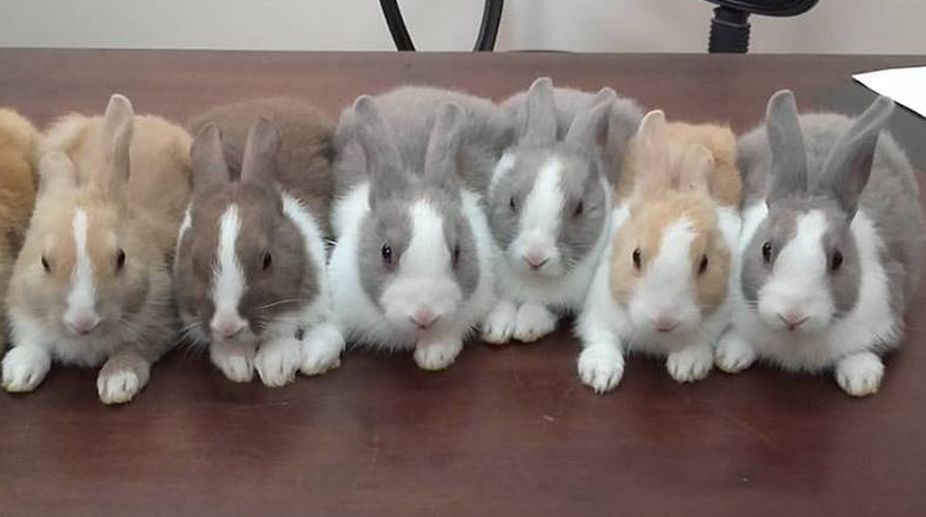Shiv Khera approaches SC, seeks publicity to NOTA as fictional candidate
A bench headed by Chief Justice DY Chandrachud issued the notice to the poll panel.

Recently, when a number of wildlife enthusiasts were together, this question came up —What, after all, are the differences between hares and rabbits? The discussion arose out of the common hare of Bengal, Lepus nigricollis ruficaudatus, being termed “rabbit” in a paper.
Luckily, a distinguished zoologist was present, and he was asked to explain the difference. He chose to take his stand on taxonomic anatomy, and pointed out that the line of demarcation between the two was so tenuous as to be almost invisible at times, as was the line between frogs and toads in certain groups, such as tree-frogs.
Hares and rabbits (and mouse-hares), long regarded as rodents, have now been assigned an order of their own, the Lagomorpha (“hare-like in shape”), mainly on the basis of their having four incisors in the upper jaw and not two as in true rodents. But as between hare and rabbit, the line of distinction is rather thin and technical. This closeness of affinity is reflected in the common or vulgar names of the two animals. The Brer Rabbit of folklore is said to be an African hare, and the Canadian snow-shoe rabbit is a true hare.
Advertisement
In our own country, the Hispid hare of the north-eastern grass forests (Caprolagus hispidus) is considered a true rabbit by modern taxonomists, thus justifying its alternative name. Assam rabbit, incidentally, this interesting creature, never common, seems to have become extremely rare now.
Even in their physiology hares and rabbits are much of a muchness. The period of gestation, for example, is more or less the same, 28 to 30 days. And both have he remarkable habit of reingestion or refection of eating their own semi-digested faecal pellets, a habit that is an effective substitute for cud chewing (and similar in principle), and which is of considerable value to their survival.
It is only comparatively recently that this coprophagy in hares and rabbits has been thoroughly studied, though people seem to have been aware of it in biblical days —the injunction in the Old Testament (this is also to be found in the old Jewish laws) “these ye shall not eat of them that chew the cud ~ the coney, because he cheweth the cud, but divideth not the hoof, he is unclean to you” reflects this dim awareness.
Since predators make no distinction between hares and rabbits, pouncing on both with equal zest, this habit is of great survival value to these animals, it enables them to eat their food quickly and then, at leisure and in safety, quickly take in the vided, semi-digested soft pellets, to be redigested thoroughly —the hard pellets finally voided are never eaten. This habit, like cud chewing, also gives them the maximum nourishment possible from fibrous grasses and tough ground vegetation.
However, there are other and appreciable differences between hares and rabbits, and these are of considerable importance to us. Physically, hares are generally the larger animals, they have larger ears as a rule, and much longer hind limbs and are much the faster of the two.
Moreover, hares do not retire into underground warrens during the day, but rest in forms they make in grass and herbs, or in a bush, their young are born in such forms, fully covered with hair and with their eyes open, and are soon able to run at speed — infant rabbits, born in underground warrens, are naked and blind, and take some two to three weeks to develop, though their eyes open on about the tenth day.
The most important difference, to us in India, is this — rabbits are a menace to agriculture and hares are not, at least not to ours. We have only hares in our country (if we except the hare-like Assam rabbit) and so are not faced with the problems of rabbit control.
Our hares live mainly on wild grasses and herbs, the familiar dub-grass, Cynodon dactylon, and the goat’s foot creeper, Ipomea pes-caprae, being much relished by all our hares. This was published on 10 January1966
Advertisement